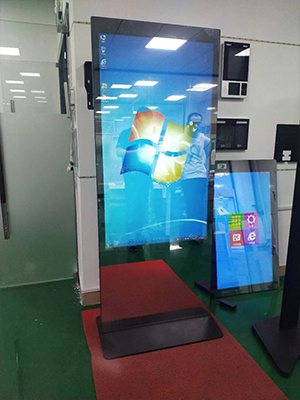Classification of advertising machines
As long as we go out, whether it is on the street or in the alley, indoors or outdoors, we can always find the shadow of LCD advertising machines. LCD advertising machines are very popular among users of major businesses. Their powerful multimedia information processing capabilities can effectively enhance the dissemination of advertisements; today we will briefly introduce several types of advertising machines that we can see and use in daily life.
1. Stand-alone advertising machine
The stand-alone advertising machine is the usual advertising machine board manufacturing, which comes with a set of publishing software and storage devices such as USB flash drives. The stand-alone version can only be updated via the USB interface. In simple terms, when the information to be published is placed on the advertising machine through a storage device, it is then controlled by specific software, split-screen broadcast, broadcast time, etc.
2. Network advertising machine
What is the difference between the network advertising machine and the stand-alone advertising machine? The essential difference between the network advertising machine and the stand-alone advertising machine is that the advertising machine version and the publishing software used to manufacture the advertising machine are different. The network advertising machine uses a specific advertising machine version and the corresponding publishing software, plus transmission control through a local area network or wireless network. That is, a computer can control or manage multiple network advertising machines through wifi or network cables. Generally, a network advertising machine is a computer that can operate 1-100 or even more advertising machines, so that they can work synchronously at the same time. All updates and downloads of advertising content are completed on the computer.
The touch all-in-one machine is based on the advertising machine and adds infrared touch or capacitive touch technology support, 2-point, 6-point and other multi-touch, which can be said to be equivalent to a touch-sensitive computer for commercial or teaching interaction.

